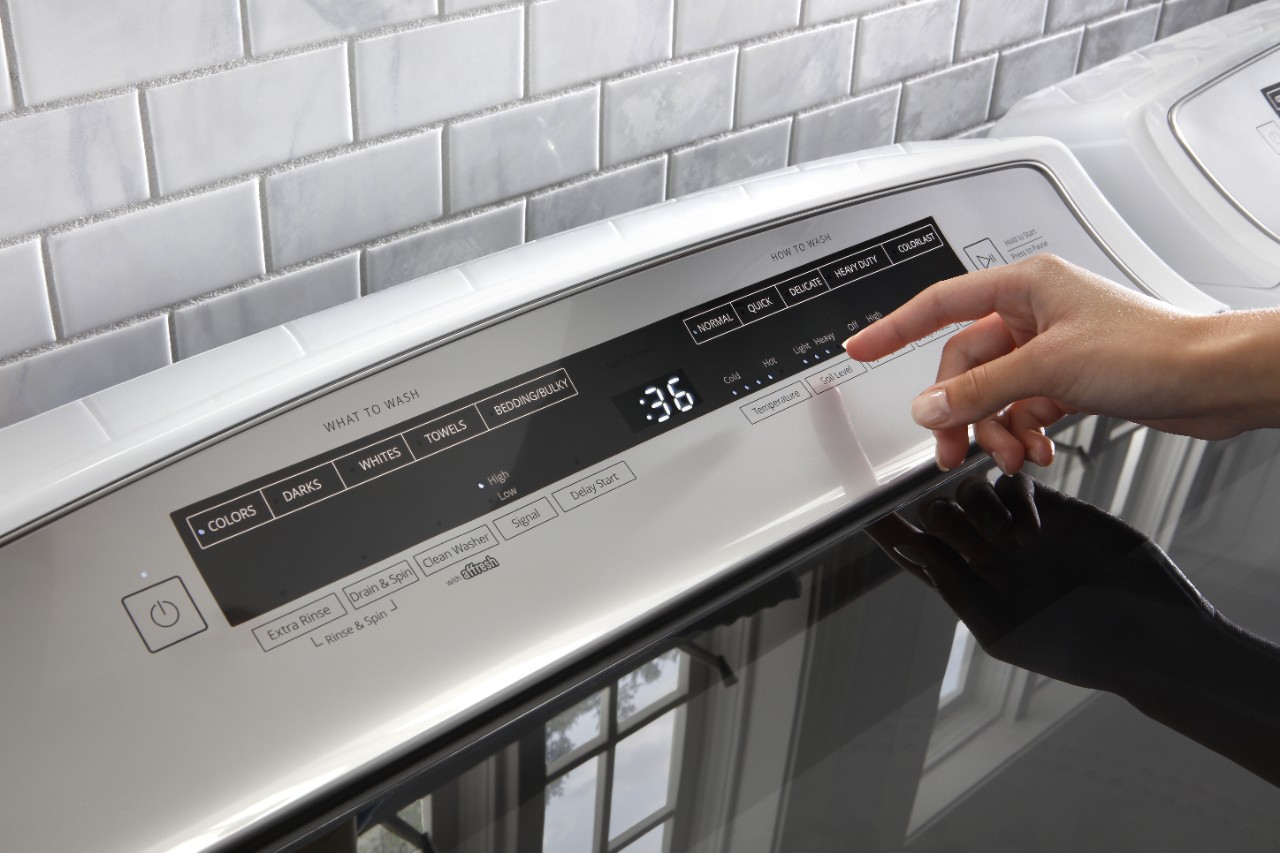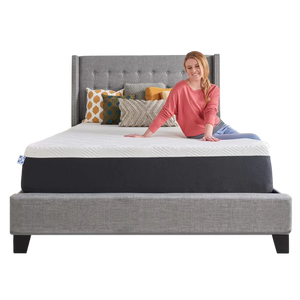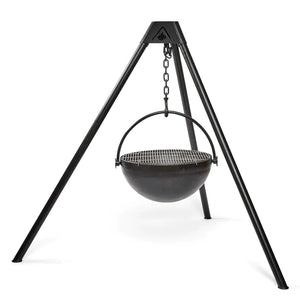How to prevent and remove lint and pilling from clothes
How do pills form on your clothes in the first place?
You’ve seen them on your sweaters, your workout clothes, even your favourite pair of pants – those small, firm balls of lint frequently referred to as “pills.” These pesky pieces are the result of normal wear and tear – broken clothing fibres on the surface of clothes become tangled together and attract loose micro-threads during the wash cycle.
Over time, these threads clump together, forming the characteristic lint ball that is stuck to your clothing. While this is common, it is possible to learn how to prevent pilling, as well as how to remove these pills from sweaters and other common garments.
How to prevent and remove pilling
1) Prevent pilling before it starts
What is the best way to stop your clothes from developing lint balls? It starts before you even bring new clothing home. Pilling is most common on clothes with looser, shorter fibres.
Therefore, knitted fabrics tend to pill more than woven ones, and clothes made from wool, cotton, polyester, acrylic and other synthetics tend to develop pills more readily than silk, denim or linen. When you’re out shopping, opt for sturdy fabrics that are tightly woven and made from more durable materials.
2) Prevent pilling in the washing machine
We stress our clothes every time we wear them – therefore, some degree of pilling is always possible. However, it is possible to reduce the amount that takes place by using smart tactics on laundry day. Start by turning garments inside out and fastening zippers, buttons and hooks – rubbing against these hard objects can damage clothing fibres.
Next, sort clothes according to colour and fabric type to help keep heavier fabrics from damaging lighter ones in the wash. Opt for a cold water wash using the gentlest cycle possible, or even hand wash your clothes.
Also, make sure the washing machine isn’t overloaded. If your clothes can’t move easily in the machine, they’ll rub together and cause more friction. Use a gentle detergent, and consider using fabric softener to help protect clothing fibres. When the wash is done, use a gentle, low heat dryer cycle or hang up your clothes to air dry.

3) Use laundry detergent with cellulase to remove pilling and lint balls from your clothes in the washing machine
If your clothes start to develop pills, your first line of defense may come from an unexpected source. Some detergents use enzymes to help clean clothes, and one enzyme – cellulase – can go a step farther.
This particular enzyme can help loosen and remove pills in the wash, so consider using detergent with cellulase if you notice pills developing on your clothes. Combined with a gentle, cold water cycle, this type of detergent may help reduce or even solve your pilling problem.
4) Remove lint balls from clothes with a fabric shaver or pill remover
After your clothes are washed and dried, take a look to see if any pills remain. If so, you can carefully remove them by using a fabric comb or battery-operated pill/lint remover. Both of these methods help carefully cut or scrape away the fabric pills so they are no longer attached to your clothes. When done correctly, you’ll end up with clothes that look as good as new.
Want laundry appliances that keep your family’s clothes in great shape? Discover how our washers and dryers help you care for everyone’s wardrobe.


















